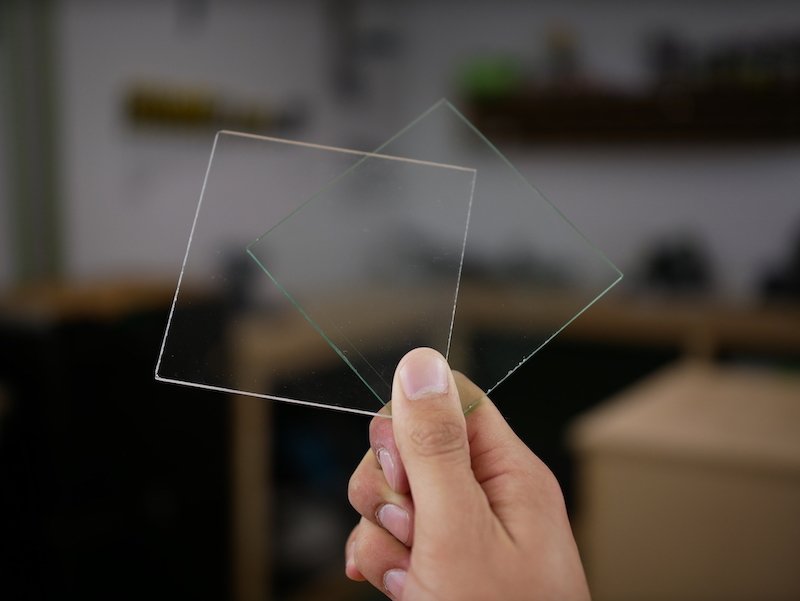
Acrylic is a transparent thermoplastic homopolymer known more commonly by the trade name “plexiglass.” The material is similar to polycarbonate in that it is suitable for use as an impact resistant alternative to glass.Some of the first applications were in WWII when it was used for submarine periscopes as well as airplane windows, turrets, and canopies. Airmen whose eyes were injured due to shards of broken acrylic fared much better than those affected by shards of shattered glass.Acrylic in the modern era and in general is used for a variety of applications that typically take advantage of its natural transparency and the impact resistance of certain variants. Common uses include lenses, acrylic nails, paint, security barriers, medical devices, LCD screens, and furniture. Because of its clarity, it is also often used for windows, tanks, and enclosures around exhibits.
Many projects nowadays are relying on decorative acrylic instead of decorative glass for several good reasons. However, it’s essential to know both materials’ properties, ensuring that you understand how they differ and when best to use them. Here are some differences between acrylic and glass and which material is best for use.


Choosing between glass and acrylic will ultimately depend on the project in question since both have their pros and cons that make them perfect or not for particular tasks.
Due to its low weight, acrylic is best suited to applications where less importance is crucial, like aquariums, roof lights, and boat windows to reduce your breakage risk. Also, when you must process the material, an acrylic sheet is your ideal choice.
Acrylic is also a great option if you’re replacing your glass panels often due to updates and remodels.
Since acrylic is cheaper than glass, it’s also your best bet if your project demands cost savings
Glass is your obvious choice for your home windows and other applications that will come into contact with bright sunlight.
Glass is also perfect for high-traffic areas where durability is a prime concern. Additionally, it’s an excellent material choice when a clean environment is a big priority because it’s easier to sterilise.
Since glass is easy to maintain, it’s a good pick if you don’t want to worry about maintenance.
Finally, if safety is a top priority, choose glass over acrylic because glass is heat-absorbent and can withstand high temperatures, making it perfect for use behind stove tops and other areas of extreme heat.